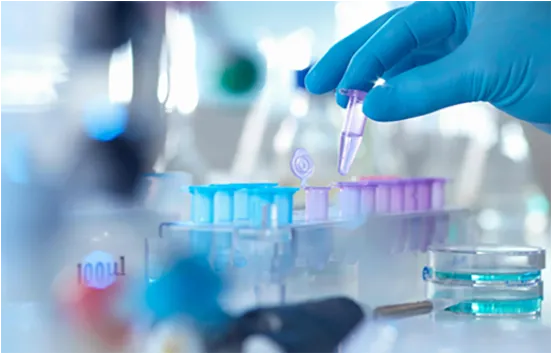pill bottles
Pill Bottles An Essential Yet Overlooked Aspect of Medication Management
In the modern era of healthcare, pill bottles might seem like a mundane object, a mere container for the medications that play a critical role in our daily lives. However, these little vessels are far more than just plastic or glass containers. They are essential tools in medication management, ensuring that patients receive the correct dosages at the right times. Yet, despite their importance, pill bottles often go overlooked, leading to a range of potential issues in patient care and safety.
One of the primary functions of pill bottles is to provide safety and information. Each bottle is typically labeled with crucial details such as the name of the medication, the prescribing physician, dosage instructions, expiration dates, and warnings about potential side effects. This information is essential for patients, caregivers, and pharmacists to ensure that medications are taken correctly. However, not all pill bottles are created equal. Some manufacturers prioritize clarity in labeling, while others may not provide easily readable information. Poor-quality labels can lead to confusion and mistakes in medication administration, potentially endangering patient health.
Moreover, the design of pill bottles plays a significant role in their effectiveness
. Child-resistant caps are a standard safety feature intended to prevent accidental ingestion by children. While these caps are crucial, they can also pose challenges for elderly patients or individuals with limited dexterity. Striking a balance between safety and accessibility is essential for ensuring that all patients can manage their medications effectively. Innovative solutions, such as easy-to-open caps or pop-top designs, are being explored to address these concerns.pill bottles

Adherence to medication regimens is another critical issue related to pill bottles. Many patients struggle with remembering to take their medications as prescribed. The use of pill organizers or reminder systems can enhance adherence, but the physical design of the pill bottle—such as the size, shape, and accessibility—can significantly impact a patient’s ability to follow their medication schedule. For instance, larger bottles may be cumbersome to handle and store, while smaller bottles may not adequately accommodate a patient’s supply of medication, leading to confusion about refills.
Furthermore, as healthcare moves towards more sustainable practices, the environmental impact of pill bottles has come under scrutiny. Many pill bottles are made from non-recyclable plastics, contributing to the growing issue of medical waste. Pharmaceutical companies are beginning to explore alternative materials and designs that prioritize both safety and sustainability. Initiatives to promote proper disposal of unused medications, including take-back programs and public awareness campaigns, are gaining traction as well.
In conclusion, while pill bottles may not capture the spotlight in healthcare discussions, their significance cannot be understated. They are a key component of medication management, influencing safety, adherence, and even environmental sustainability. As we move forward, it is vital to continue evaluating and improving the design and functionality of pill bottles to meet the diverse needs of patients. By doing so, we can enhance medication safety, promote adherence, and contribute to a more sustainable healthcare system. Through these efforts, pill bottles can evolve from a simple container into a pivotal element in the quest for better health outcomes.
-
Aesthetic Makeup Spray Bottles | Fine Mist Empty RefillableNewsAug.19,2025
-
White Plastic Veterinary Vaccine Vials | Lab Liquid BottlesNewsAug.18,2025
-
Plastic Medicine Liquid Bottle: Secure Flip Top Drug VialsNewsAug.17,2025
-
Durable 250ml Blue Plastic Vaccine Vial for Lab & Vet UseNewsAug.16,2025
-
Sterile Virus Sample Tubes: Secure & Reliable Specimen CollectionNewsAug.15,2025
-
White 250ml Plastic Vaccine Vial for Lab & Vet MedicineNewsAug.14,2025
























